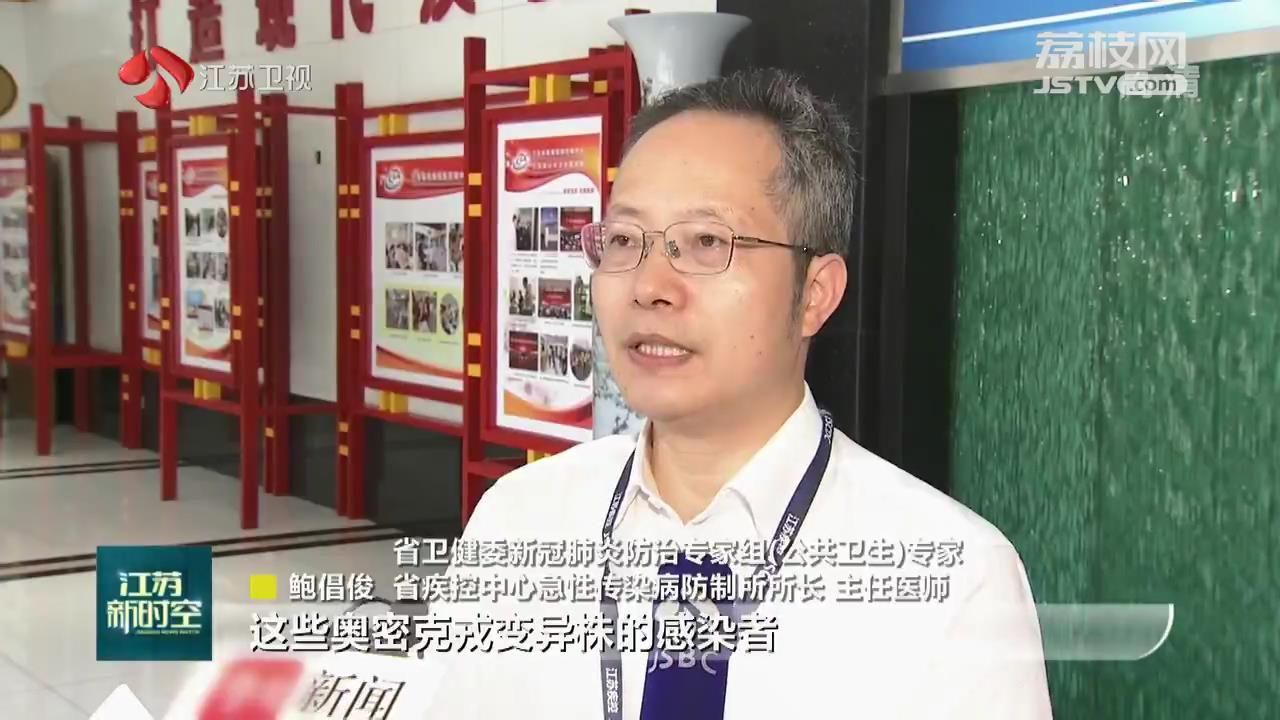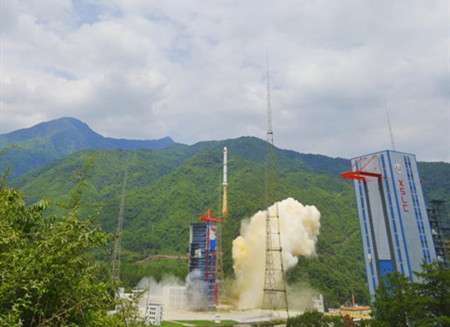China has shortened the COVID-19 quarantine time for inbound international travelers and refined the designation of medium- and high-risk areas, in an effort to cope with the highly infectious Omicron variant more precisely, according to a document released on Tuesday.

The State Council's Joint Prevention and Control Mechanism released the ninth and latest prevention and control guideline for COVID-19 on Tuesday.
According to the document, inbound travelers only need to undergo centralized isolation for seven days, rather than 14 days under the previous rule, and then spend three days in self-quarantine at home. The rule also applies to close contacts of confirmed COVID-19 patients.
People who in turn are close contacts of the close contacts of COVID-infected people will go through seven days of isolation at home rather than in centralized quarantine, it added.
Lei Zhenglong, Deputy Director of the National Health Commission's Bureau of Disease Prevention and Control
The adjustment by no means suggests a loosening of COVID-19 control measures. Rather, we are aiming for higher standards and more targeted and faster response in dealing with outbreaks, while adhering to the dynamic zero COVID-19 strategies
Wang Liping, Researcher at the Chinese Center for Disease Control and Prevention
The policy shift is aimed at upgrading virus control measures based on the variant's characteristics without increasing the risk of the virus' spread.
The change reflects the principle of precise disease control.
The guideline also formulates new standards for listing areas deemed at risk of the virus' spread.
The designation of high-risk area usually refers to the residence of confirmed infections and can only cover a certain residential compound. People living there are required to stay at home.






